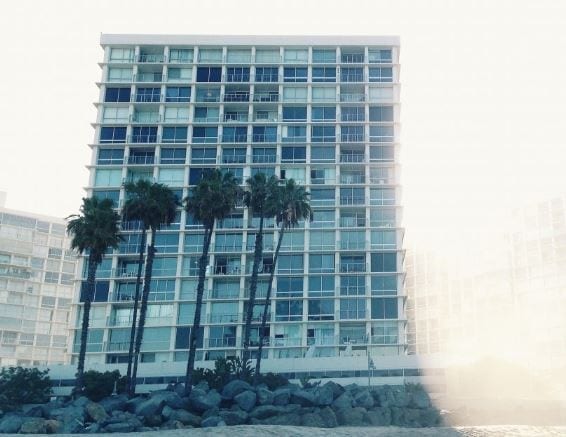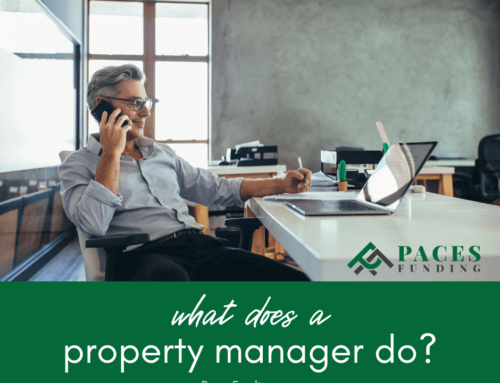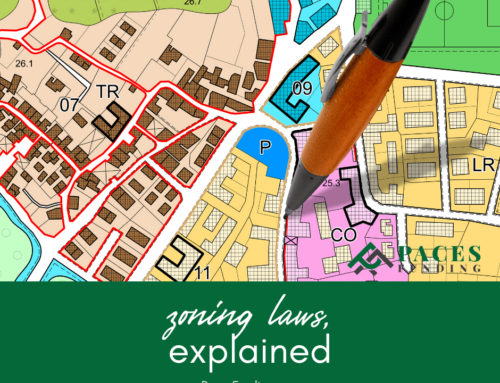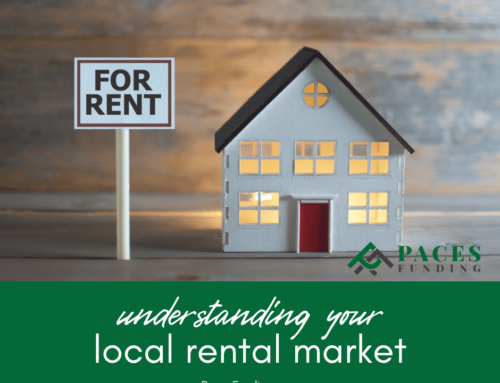
What Is Gross Potential Rent?
If you’re just starting out as a real estate investor, you may have heard the term, “Gross Potential Rent.” So, what exactly is that, and how is it calculated?
Gross Potential Rent
Gross Potential Rent, also known as “GPR,” is the hypothetical amount of revenue that you could make from your apartment community, if it was fully leased all year round at market rental rates. It’s the maximum amount of revenue you could bring in from rent on your apartment complex.
Determining GPR
GPR is important, because it lets you know how profitable the property could be. It’s the most important factor when determining the value of the potential investment property.
First, you need to determine the market rent per rental apartment. A little research can get you that figure. Then, you multiply the market rent by the total number of units. So, if the market rent were $1,000 per unit and your property has 9 units, that would bring you to $9,000 monthly revenue. After that, you multiply the monthly revenue by 12 to get your annual revenue potential, or your Gross Potential Rent. So, in this scenario, your GPR would be $108,000 ($1,000 x 9 x 12).
Are You Looking for a Hard Money Loan to Flip a House Or Buy A Rental Property?
Paces Funding is a hard money lender offering hard money loans to purchase and renovate non-owner occupied residential and commercial properties throughout the Atlanta, Nashville, Florida, or the North and South Carolina metropolitan areas. Our application process for hard money loans is easy. Just fill out this very simple online form and you will be contacted shortly. Unlike other lenders, the window between applying and funding is very small. We have funded properties in as a little as one day, but typically funding hard money loans takes about seven to ten days.
Call us at 404-814-1644 or contact us online to find out whether you might qualify for this type of funding. In the meantime, check to ensure that you meet our loan criteria. Our loan amounts can be up to 65 percent of the after-repaired value of the collateral—and if you use the loan for renovation or construction, the loan amount can be based on the collateral’s improved value.














